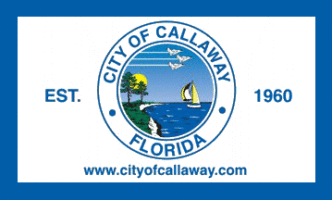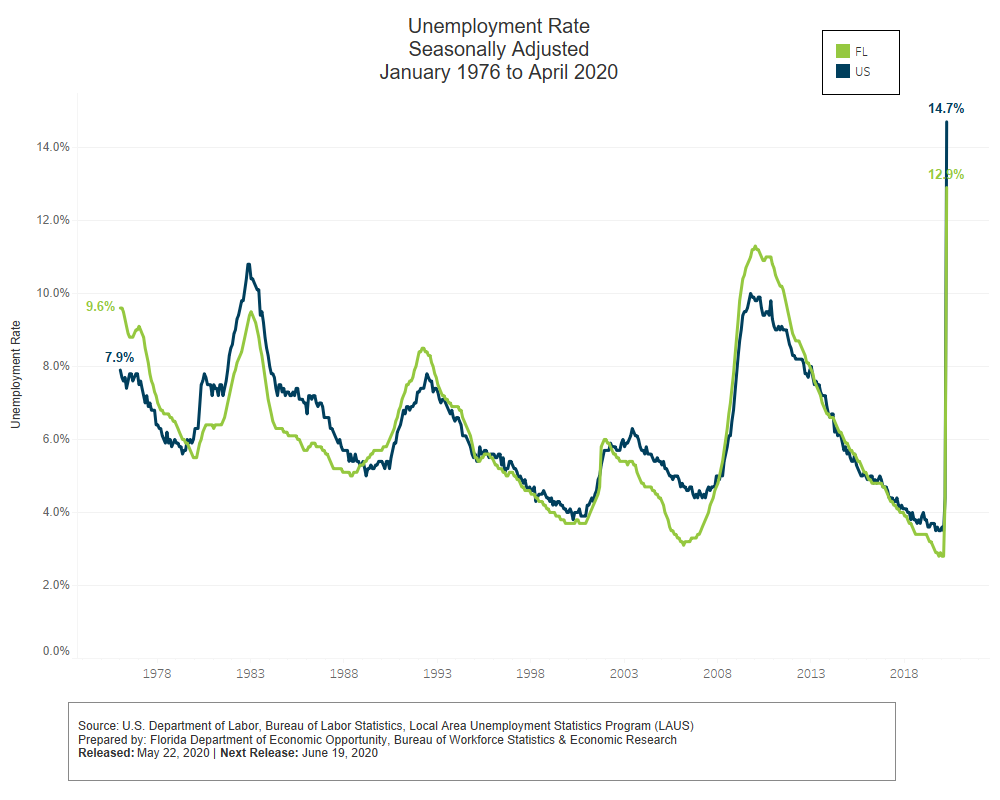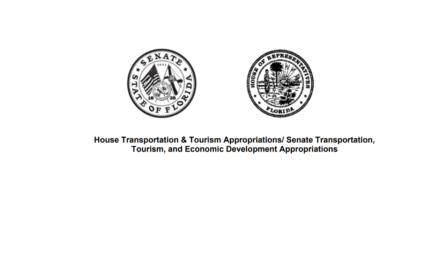
Florida Unemployment Rate Increases To 12.9% in April 2020
Tallahassee, Florida – Florida’s seasonally adjusted unemployment rate was 12.9 percent in April 2020, up 8.5 percentage points from the revised March 2020 rate of 4.4 percent, and up 9.6 percentage points from a year ago. There were 1,218,000 jobless Floridians out of a labor force of 9,438,000. The U.S. unemployment rate was 14.7 percent in April.
Florida’s seasonally adjusted total nonagricultural employment was 7,910,200 in April 2020, a decrease of 1,066,100 jobs (-11.9 percent) over the month. The state lost 1,010,500 jobs over the year, a decrease of 11.3 percent. Nationally, the number of jobs fell 12.9 percent over the year. The April labor statistics saw considerable changes in employment and unemployment data due to COVID-19.
Florida’s Non-agricultural Employment by Industry (Seasonally Adjusted)
The number of jobs in Florida was 7,910,200 in April 2020, down 1,010,500 jobs compared to a year ago. The
industry losing the most jobs over the year was leisure and hospitality (-520,200 jobs, -41.5 percent).
Other industries losing jobs over the year included trade, transportation, and utilities (-145,100 jobs, -8.1
percent); professional and business services (-117,400 jobs, -8.5 percent); education and health services
(-90,600 jobs, -6.8 percent); other services (-61,700 jobs, -17.5 percent); manufacturing (-24,900 jobs, – 6.5
percent); government (-20,900 jobs, -1.9 percent); financial activities (-17,100 jobs, -2.9 percent); information
(-10,400 jobs, -7.4 percent); and construction (-900 jobs, -0.2 percent).
Local Area Unemployment Statistics (Not Seasonally Adjusted)
• In April 2020, Lafayette County had the state’s lowest unemployment rate (5.5 percent), followed by Liberty
County (7.0 percent), Glades County (7.2 percent), and DeSoto County (7.4 percent).
• Osceola County had the highest unemployment rate (20.3 percent) in Florida in April 2020, followed by Monroe
County (17.5 percent), Orange County (16.5 percent), and Citrus County (15.8 percent).
Area Non-agricultural Employment (Not Seasonally Adjusted)
• In April 2020, all 24 metro areas in Florida had over-the-year job losses. The areas with the largest losses were
Orlando-Kissimmee-Sanford (-181,000 jobs, -13.6 percent), Miami-Miami Beach-Kendall (-145,900 jobs, -12.0
percent), and Tampa-St. Petersburg-Clearwater (-129,300 jobs, -9.4 percent).
Northwest Florida Counties Unemployment Rate (April 2020 Preliminary)
- Bay County 12.8 %
- Walton County 14.5%
- Gulf County 9.4%
- Franklin County 10.3%
- Washington County 10.2%
- Calhoun County 8.1%
- Jackson County 8.0%
Metropolitan Statistical Areas and Metropolitan Divisions ranked by Unemployment Rate for April 2020
1. Orlando-Kissimmee-Sanford MSA 16.2%
2. Homosassa Springs MSA 15.8%
3. Punta Gorda MSA 15.6%
4. Deltona-Daytona Beach-Ormond Beach MSA 14.7%
5. Cape Coral-Fort Myers MSA 14.6%
6. Fort Lauderdale-Pompano Beach-Deerfield Beach MD 14.5%
United States 14.4%
7. North Port-Sarasota-Bradenton MSA 14.2%
8. Sebastian-Vero Beach MSA 14.1%
9. West Palm Beach-Boca Raton-Delray Beach MD 13.9%
10. Crestview-Fort Walton Beach-Destin MSA 13.6%
11. Port St. Lucie MSA 13.5%
12. Lakeland-Winter Haven MSA 13.4%
12. Naples-Immokalee-Marco Island MSA 13.4%
Florida 13.3%
14. Tampa-St. Petersburg-Clearwater MSA 13.1%
15. Palm Bay-Melbourne-Titusville MSA 12.9%
16. Panama City MSA 12.6%
17. The Villages MSA 12.3%
18. Ocala MSA 12.1%
19. Pensacola-Ferry Pass-Brent MSA 12.0%
20. Miami-Miami Beach-Kendall MD 11.9%
21. Sebring MSA 11.4%
22. Jacksonville MSA 11.2%
23. Gainesville MSA 8.9%
24. Tallahassee MSA 8.1%
To see more detailed local numbers, please download the report.
The unemployment and job growth rates are estimates, which are primarily based on surveys created and mandated by the U.S. Bureau of Labor Statistics in cooperation with the Florida Department of Economic Opportunity.
The unemployment rate is derived from Florida household surveys conducted by the U.S. Census Bureau under contract with the U.S. Bureau of Labor Statistics. The job growth rate is derived from Florida employer surveys conducted by the U.S. Bureau of Labor Statistics.
Both estimates are revised on a monthly basis. In addition, these estimates are benchmarked (revised) annually based on actual counts from Florida’s Reemployment Assistance tax records and other data.
Procedures mandated by the U.S. Bureau of Labor Statistics may result in more variable month-to-month changes. For further
information, go to: http://www.bls.gov/sae/cesprocs.htm















